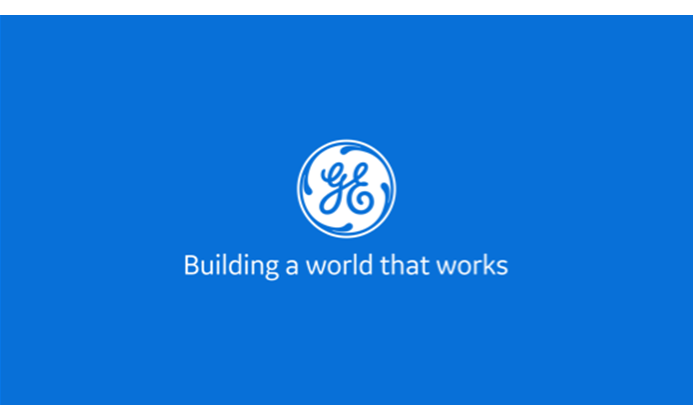By Amit Phadnis, chief digital officer at GE Healthcare
What hasn’t COVID-19 changed for healthcare? Clinicians who once performed a handful of virtual visits per week now handle hundreds. Lockdowns pressured care teams to develop remote clinical plans without sacrificing care quality. Our overburdened providers clamor for tools that help them work more quickly, intelligently, and seamlessly—without additional complexity. And patients have come to expect high-quality healthcare experiences whose convenience rivals those of industries like retail and tech.
In a recent white paper, GE Healthcare outlined its vision for global healthcare in the post-COVID world. We believe the industry can evolve into an integrated, data-driven ecosystem that finds new ways to reach patients and raises the standard of care for everyone. Simply put, care delivery is no longer confined to the four walls of a hospital.
At GE Healthcare, it’s our job to provide clinicians with the cloud-enabled applications and services that help to provide the best odds of success as healthcare increasingly goes virtual.
To break through, we need innovative solutions that combine deep clinical experience with demonstrated technological expertise. That’s why our new collaboration with Amazon Web Services (AWS) is a natural fit: We are both deeply committed to—and uniquely capable of—turning industry-leading prowess into solutions that have the opportunity to elevate healthcare’s future.
As part of that commitment, we’ve introduced Edison TruePACSTM, Picture Archiving and Communication System (PACS),[1] a transformative radiology solution available on a healthcare facility’s premise (“on prem”) or in the cloud. PACS technology is essential for visualizing, storing, analyzing, and sharing imaging. TruePACS combines GE Healthcare’s substantial experience in radiology with AWS’s unrivaled cloud computing infrastructure to create a more collaborative, accessible, and secure PACS platform. With the option of either on-prem and cloud-based deployment, TruePACS enables remote and virtual archival of images, reads and reporting.
Clinicians who choose a cloud-based or on-prem PACS have access to AI-enabled imaging applications, allowing them to quickly analyze MR, CT, and other images outside of the clinic. That capability opens new avenues to help provide care more efficiently and in a manner that meets the needs of clinicians and patients.
In rural areas, for instance, patients can live hours from the nearest major medical center. But cloud-based imaging tools and services create access to high-quality care anywhere and anytime by connecting local providers to experts in the larger partner system. On the other hand, a big imaging center that becomes backlogged can now connect with partners to secure assistance with the workload. In both models, patients receive the expert diagnoses and treatments that they deserve—faster than ever before.
That’s just the human element. Artificial intelligence (AI) is already a game changer for radiology. TruePACS brings AI into clinical workflows seamlessly, slashing segmentation and quantification time. It also helps bridge the gap between physician experience and institutional knowledge—with AI, PACS helps augment the care team’s clinical decision-making by adding insights derived from years of institutional data.
While institutions with access to imaging and other medical data can develop their own AI algorithms, there is a thriving third-party (3P) AI ecosystem that is developing many AI algorithms to assist clinicians and radiologists perform tasks. These algorithms need to be orchestrated in existing clinical workflows for health systems to reap the benefits of AI. TruePACS, apart from being a PACS, is also a platform to orchestrate 3P AI as well as AI built inhouse in existing radiology workflows.
In the past, PACS implementation could be costly and time-consuming, requiring numerous local servers and continual maintenance from hospital IT staff. By hosting these capabilities on AWS, we reduce the need for all that on-site storage, and we can instantly apply updates to the system without requiring manual intervention. Lighter implementation and upkeep costs make these powerful tools more accessible to health systems of any size—all this while still providing the flexibility of on-prem deployment.
The cloud can also help organizations strengthen their cybersecurity approach, as bad actors step up their assaults on health systems. Hospitals cannot risk exposing patient data or losing function of critical medical applications in the event of a breach or disruption. Running on AWS, where AWS is responsible for protecting the infrastructure that runs all of the services offered in the AWS Cloud, offers a level of security and encryption beyond what most hospitals, especially small and midsize organizations, can attain themselves on site. Freeing up IT staff from maintenance to focus more on patient care.
It’s important that we view these advantages not as nice-to-have features, but as essential solutions for the future of healthcare. For too long, small and midsize health systems have been priced out of cutting-edge AI and interoperability technologies. Lower-cost, lower-touch solutions bring lifesaving capabilities to a wider pool of clinicians. That raises the standard of care for more patients and reduces the burden that drives so many physicians to burnout.
There will be no reversion to how the healthcare industry operated before the pandemic—nor should there be. Now is the time to define and deliver on a new era in healthcare. The only thing that COVID-19 hasn’t changed about healthcare is the need for superior patient care—and the only way to get there is through continued innovation.





